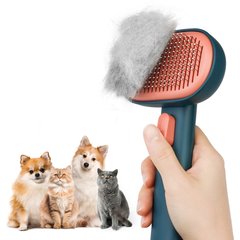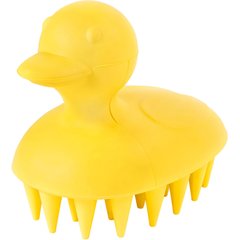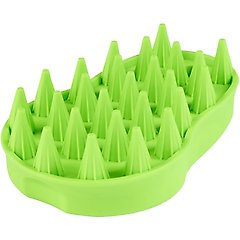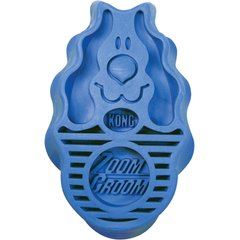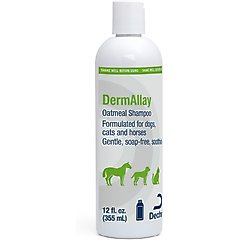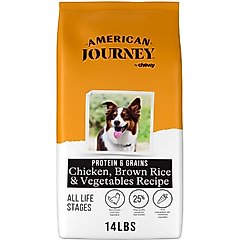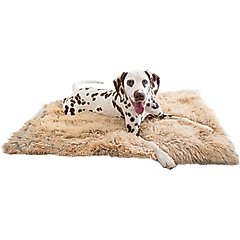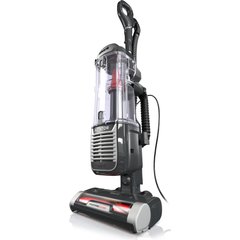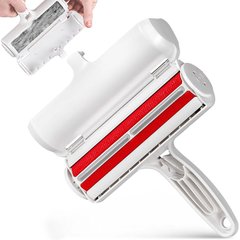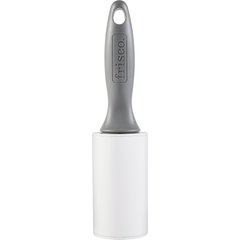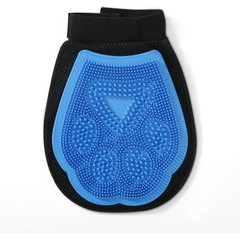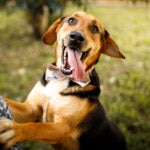Dog Shedding: Why It Happens and How To Reduce It
You love your sweet pooch more than life itself. But the fur they leave around your house? Not so much. If you’ve ever found yourself wondering, “How is it possible for this creature to release this much hair?!” know that you’re definitely not alone in this battle.
Depending on your dog’s breed, you might experience year-round shedding and/or heightened periods of shedding when the seasons shift.
Dog shedding is completely normal, but understanding why it happens—and how to manage it—can help keep both your dog and your home more comfortable. You can’t stop shedding entirely, but you can reduce loose hair significantly with the right tools, routine, and veterinary insight.
Key Takeaways
- All dogs shed, but the amount varies by breed, coat type, and season.
- Regular brushing and bathing are two of the most effective ways to reduce loose hair.
- Diet and hydration play major roles in coat and skin health.
- Sudden or excessive shedding may signal an underlying health issue.
- Some breeds shed heavily, while others naturally shed very little.
Why Is My Dog Shedding So Much?
Some dog breeds shed more than others due to their type of coat, and many breeds go through periods of time when they shed more than usual (e.g., spring and fall seasonal shifts and when outgrowing puppy coats.) This is considered normal shedding and, while frustrating, you shouldn’t be concerned.
That said, it’s possible for dogs to experience excessive shedding, which could indicate an underlying health issue that requires veterinary attention, says Carl Prior, DVM, owner of Park City Animal Clinic in Park City, Utah. If you notice any of the following signs, reach out to your vet:
- Bald spots
- Skin problems, such as redness, flaking, swelling, or irritation
- Pain or discomfort
- Excessive scratching or biting their skin
- Fleas, ticks, mites or other bugs on your dog’s skin
- Greater than usual hair loss compared to your pet’s norm
- Lots of hair matting and tangles
- Reduction in self-grooming, possibly leading to a dull and unkempt hair coat
Dog Breeds That Shed the Most
A dog’s breed is one of the biggest predictors of how much they’ll shed. And don’t let a short-haired dog fool you, pet parents! In some cases, breeds with shorter pet hair actually shed more than their long-haired brethren.
Here are some of the top dog shedders out there:
- German Shepherds
- Chow Chows
- Golden Retrievers
- Siberian Huskies
- Alaskan Malamutes
- Corgis, including both Cardigan Welsh Corgis and Pembroke Welsh Corgis
- Akitas
- Collies, including Bearded Collies, Border Collies, and regular ol’ Collies
Low-Shedding Dog Breeds
All dogs shed (even so-called “hairless” ones), but certain breeds tend to lose less hair than others.
Curious about which breeds qualify as low-shedding dogs? Some of the pups on this list might surprise you with the low amount of hair they shed.
- Terriers, including American Pit Bull Terriers, American Staffordshire Terriers, Airedale Terriers, Australian Terriers, Border Terriers, Boston Terriers, and Bull Terriers
- Boxers
- Poodles
- Schnauzers: Both Miniature Schnauzers and Standard Schnauzers shed a low amount of hair. (Giant Schnauzers are considered medium shedders.)
- Pomeranians
- Bulldogs
- Chihuahuas
- Bullmastiffs
How To Reduce Dog Shedding
Tired of dealing with your dog’s fur taking over every surface of the house? Here’s how to manage their shedding so you and your family can live in peace.
1. Choose the Right Dog Brush

Different coat types will require different dog brushes. If you’re not sure how to brush your dog or which tools are best, ask your vet or groomer what’s right for them.
Best Brushes for Dogs With Long Coats
Slicker brushes, with thin metal tines on a paddle, are great for long-haired dogs.
Recommended Products
Best Brushes for Dogs With Short Coats
Curry brushes are often made of plastic or rubber and work well with short-haired dogs.
Recommended Products
2. Brush Your Dog Regularly

Our pups might be wild at heart, but they need our help to stay in tip-top shape. Regular grooming, especially during high-shed seasons, is a key part of their health and wellness.
Depending on your dog’s breed and the time of year, they may need to be brushed as often as multiple times a day, or as little as weekly or even monthly.
You’ll know they need brushing if the house is filling with loose fur, they release a lot of dead hair when you pet them, or if they’re more focused on grooming themselves.
3. Bathe Your Dog Regularly
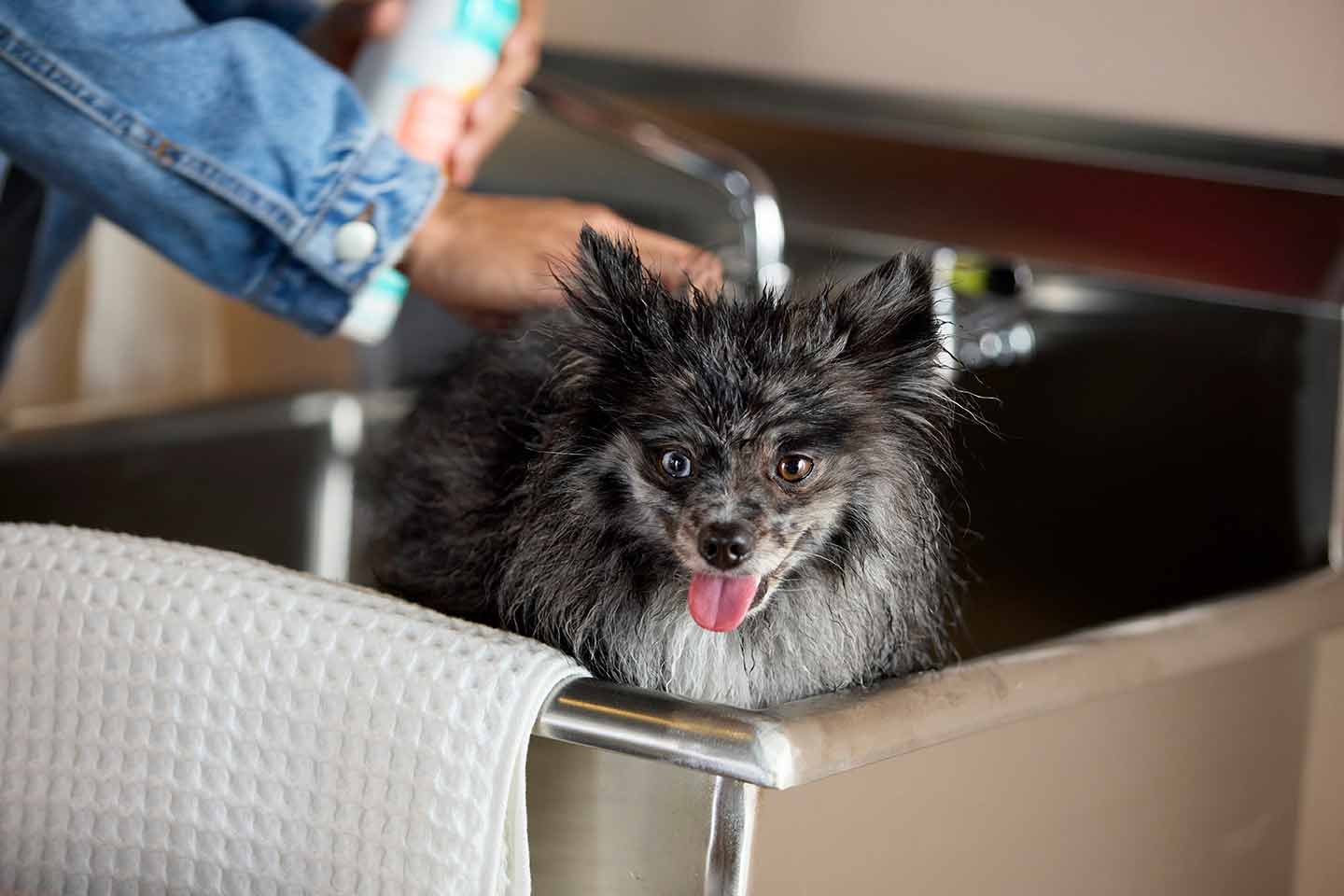
Bath time doesn’t just make for cute pics. Bathing your dog helps dislodge excess loose hair, dead skin cells, dander, and dirt—so less of all that stuff will end up on your clothes and sofa. At the same time, it nourishes your dog’s skin and helps their coat look shiny and soft.
Choosing a shampoo with gentle ingredients, like DermAllay Oatmeal Shampoo can help to keep your dog’s skin and coat healthy, which helps reduce shedding.
Recommended Product
During shedding season, you may want to consider using a deshedding shampoo like the FURminator Deshedding Dog Shampoo.
Recommended Product
Most dogs need a bath about once every month throughout the year to keep shedding at bay, and about once every two to four weeks in the height of the spring and fall shedding seasons.
But different dog breeds have different bathing requirements. Some will need more frequent baths, like certain dogs with skin allergies who need baths once or twice a week. Your vet can make a bathing recommendation based on your dog’s breed, health status, and underlying medical conditions.
If you have any questions about picking a shampoo or how to groom your pup, ask your veterinarian or groomer.
4. Feed Your Dog a High-Quality Diet
Proper nutrition has benefits for your dog’s entire body, including their skin and fur. Dogs who are lacking in certain nutrients may lose hair faster than healthier pups, so talk to your vet to make sure their diet is giving them all the essentials they need.
Feeding a commercial dry or wet food that meets the nutritional standards set by the Association of American Feed Control Officials (AAFCO) is the best way to ensure your dog receives a complete and balanced diet.
Recommended Products
5. Keep Your Dog Hydrated
Proper hydration also has wide-ranging benefits for dogs—and yes, that means their skin and fur as well.
Always keep your pup’s water bowl filled, fresh every day, and accessible. Trying different bowl types and switching to a wet food are other tactics that can boost their hydration.
When To See a Veterinarian for Dog Shedding
Shedding is normal for dogs, but if you’ve noticed a drastic change in their shedding habits and/or overall coat health and maintenance, it’s a good idea to check in with your vet. Certain medical conditions can cause hair loss in dogs, so it’s important to rule those out.
How To Control Dog Hair at Home
Cover Surfaces
One of the easiest ways to prevent dog hair from taking over your house is to protect the surfaces where your pooch hangs out most. Drape a pet-approved sofa cover over their favorite couch and place a cozy throw blanket, like the Best Friends by Sheri Shag Dog & Cat Blanket on “their side” of the bed.
Recommended Product
Vacuum Often
Set the broom aside and break out a vacuum equipped for tackling pet hair, like the Shark Rotator Pet Upright Vacuum.
Recommended Product
“Vacuums have special furniture attachments that actually pick up the pet hair and keep it in one spot—in the vacuum,” notes Vera G. Peterson, president of Molly Maid, a franchise of professional home cleaning services. “When you sweep, you are just spreading around dog fur further into your house, since it will move around and fly through the air.”
A vacuum will also help pick up dander, dust mites, dead skin cells, and other gross stuff that accumulates.
Pro Tip: You might need to run a vacuum over floors every one to two days in areas highly trafficked by pets, especially during high-shed seasons like spring and fall.
Dry-Wipe
Along with regularly vacuuming up loose hair, Peterson recommends dry-wiping surfaces your dog frequents. There are a handful of tools that can help with this, including the ChomChom pet hair remover, and basic lint rollers, like the Frisco Cat & Dog Hair Lint Roller.
Recommended Products
Peterson says that using a glove—like the Wags & Wiggles Rubber Dog Grooming Glove—is one of her preferred methods for removing pet hair from fabric surfaces.
“Rub down the surface with the pet hair, and it will come off and stick to the glove,” she says. “This is a quick solution that doesn’t require you to haul out a vacuum, plus the rubber gloves can be reused over and over again.”
Recommended Product
FAQs About Dog Shedding
Do all dogs shed?
The vast majority of dog breeds shed, except for some hairless breeds like the American Hairless Terrier, Peruvian Inca Orchid, and Mexican Hairless Dog (Xoloitzcuintli). However, some dog breeds may shed more, such as the Border Collie, while others may shed less, such as the Poodle.
When do dogs shed?
Dogs can shed at any time of the year, but some dogs are more likely to shed during the spring and fall, called seasonal shedding. This can include breeds like Huskies and German Shepherds.
Do puppies shed?
Yes, puppies can shed starting around four to six months of age and, just like adult dogs, it can depend on their breed as far as how much they shed and what time of the year they shed most often. Most puppies will also shed their puppy coat as their adult coat comes inat age six months through two years in some breeds.
Why is my dog shedding more than usual?
Dogs may shed more than usual for a variety of reasons. It could be seasonal shedding if it’s spring or fall. Other causes include stress and medical issues like allergies, parasite infections, fungal disease, and autoimmune conditions. If your dog is shedding much more than normal or at a time of year that isn’t typical for them, it is best to see their veterinarian in person for testing and possible treatment.
Attributions
This content was medically reviewed by Molly Price, DVM, Chewy veterinarian.

